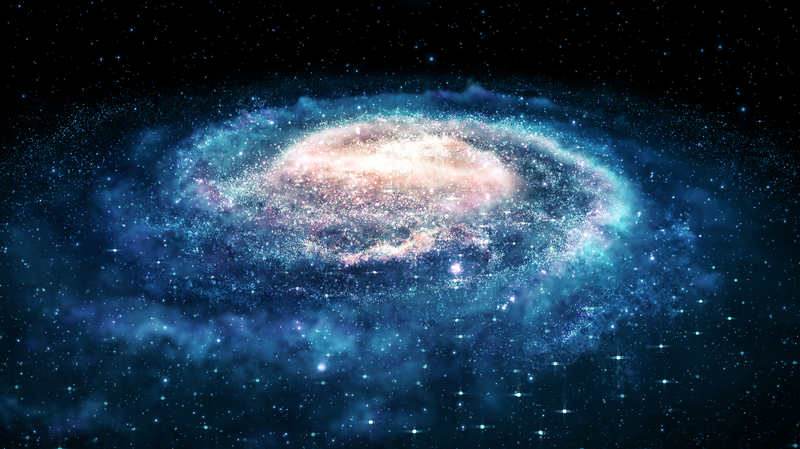Ever wonder how long our universe might last? A fresh study from scientists at Radboud University suggests that the cosmic countdown might be faster than we once thought. Their calculations reveal that white dwarf stars—the most resilient stellar remnants—could evaporate through a process similar to Hawking radiation in about 10^78 years. This is a dramatic shift from earlier estimates of 10^1,100 years!
Hawking radiation, a theory introduced by the renowned physicist Stephen Hawking, explains how black holes emit radiation and eventually decay. In a surprising twist, the team’s research indicates that not only black holes, but also other celestial entities like neutron stars and white dwarfs, may slowly vanish over time. Lead researcher Heino Falcke commented, "So the ultimate end of the universe comes much sooner than expected, but fortunately it still takes a very long time."
The study even ventured into the realm of the everyday, calculating that objects as familiar as the moon—and even a human—would take around 10^90 years to evaporate via a similar process, though other cosmic events might hasten their disappearance. 🚀🪐
This intriguing research invites us to rethink our cosmic timeline. While the numbers are almost beyond imagination, they remind us that the universe is far more dynamic and ever-changing than it might seem. Stay curious and keep exploring the wonders of space! ✨
Reference(s):
Study shows universe's decay may be faster than previously estimated
cgtn.com




